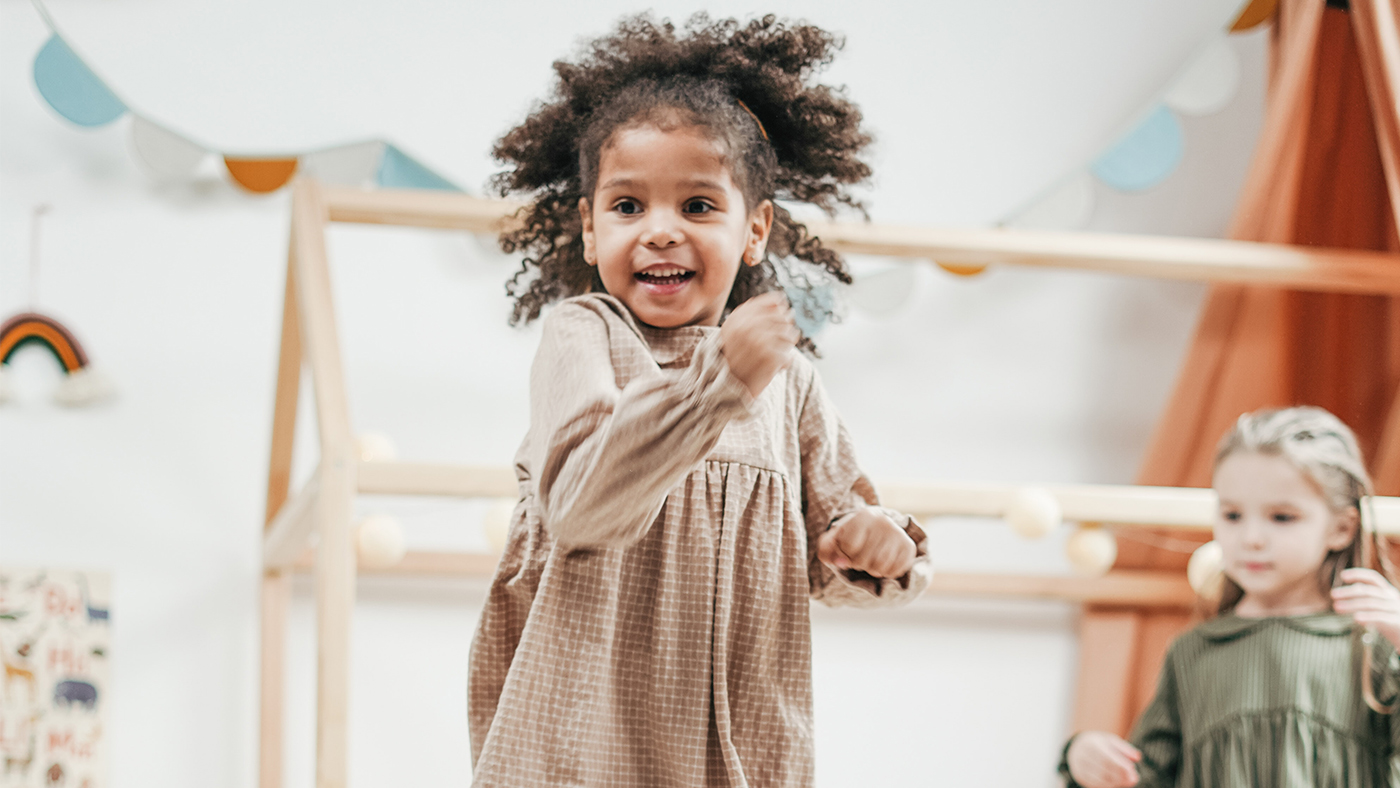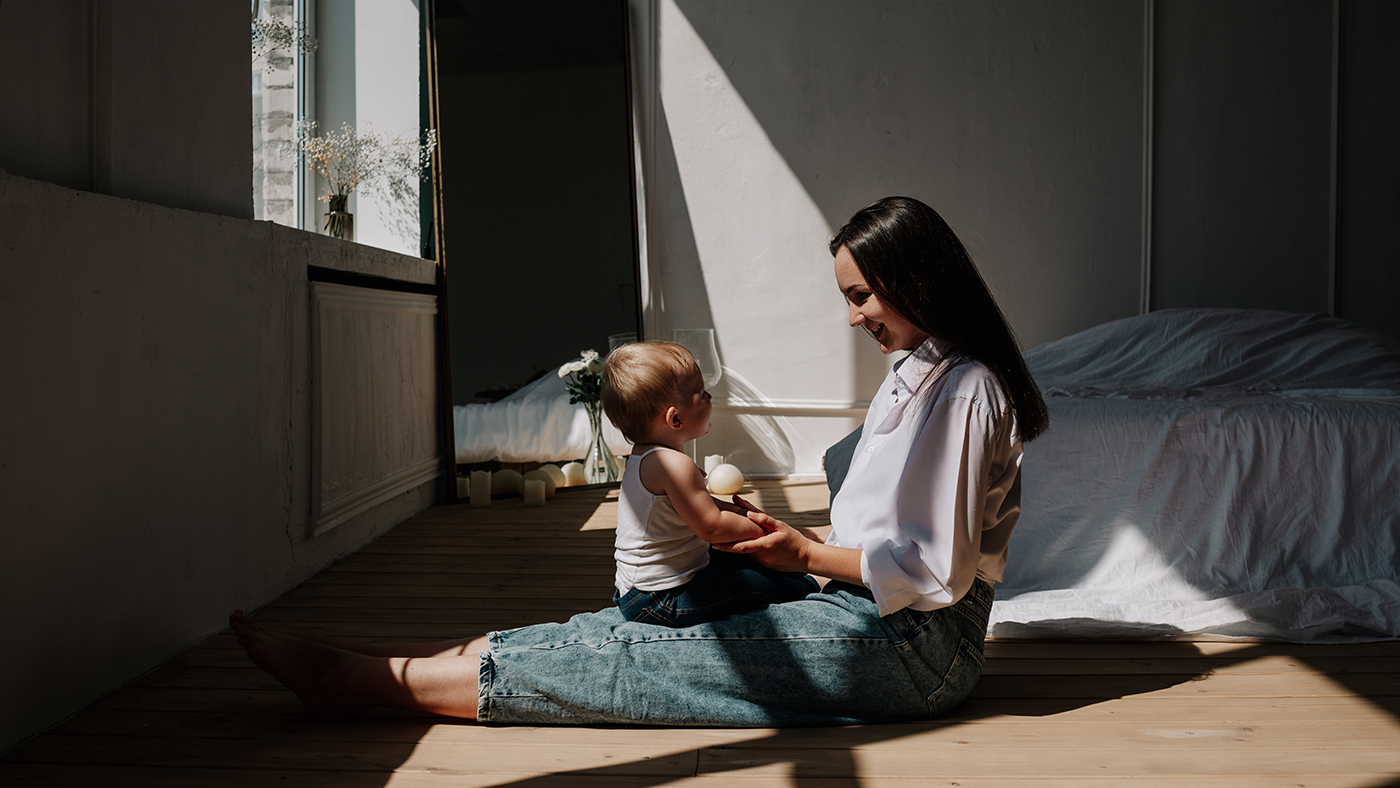The magic of nursery rhymes - a storytelling tradition

I thought it might be helpful to start this investigation into the importance of nursery rhymes by answering the question ‘What is a nursery rhyme?’
The Encyclopedia Britannica describes them as “verse customarily told or sung to small children”. A further probe into the origin of nursery rhymes has led me to understand that nursery rhymes were mostly ‘ditties meant to entertain a pre-literate society, where adults and children appeared as common participants in shared oral lore’, in addition, ‘the rhythm, musicality and repetitive structure of a nursery rhyme can come in handy when an adult is intent on calming or entertaining a child.’ [1]
Many adults who claim not to know any nursery rhymes apparently “will find that they know about twelve nursery rhymes, which are in such common use that they seem to be ‘in the air’ and no one can remember how they first came to know them.”[1]
Oral traditions
The oral tradition of nursery rhymes involves passing on a story through rhyme, voice and gestures. In this way, they were taught to young children for many years before being set down in writing or put into print. They needed to be memorable and engaging as they were invented as a good way to remember important and interesting things, so they are full of musical sounds, rhythms and rhymes and they play around with language.
These strong oral foundations mean nursery rhymes provide a strong provocation for young children to engage all the senses when hearing, learning and reciting them.
Tuning in
Nursery rhymes are based in sound, hearing and motion. As your child listens to you, and other voices, rhythmically exploring the range of words and sounds in the rhymes, they will pick up on your intonation and expression. This will encourage them to engage, tune in and begin to experiment with copying what they hear. Gradually they will begin to distinguish between the different sounds.
Some of these are exciting new sounds, from the loud ‘Pop!’ encountered in rhymes such as ‘Pop goes the weasel’, to the ‘Moo’s’, ‘Baa’s’ and other animal sounds you might explore in ‘Old Macdonald’, right through to the “Wee, wee, wee, wee,” of the little pig finding his way home.
Rhymes give your child the opportunity for lots of fun playful learning due to the permission to join in and copy those sounds with varied pitch and even volume!
Old MACDONALD had a farm
E-I-E-I-O
And on his farm he had a cow
E-I-E-I-O
With a moo moo here
And a moo moo there
Here a moo, there a moo
Everywhere a moo moo
Old MacDonald had a farm
E-I-E-I-O
As well as exploring the varied sounds in this rhyme, there is also the opportunity to have the contrast of a quiet pause, as you build anticipation, pausing after you say, “And on his farm he had a…”. This allows your child to offer suggestions and contribute their own sounds.
The ability to focus on a rhyme or a story grows with time and will gradually support your child to develop the ability to tune into and distinguish between sounds in the future, which support their ability to listen with attention.
Singing and instruments
Nursery rhymes tend to be the first introduction to singing for many children. Children learn to sing through practice and imitation. As they explore the ways in which they can alter the sounds their voice will make, they will begin to make singing like sounds. Over time and practice, your child may begin to copy parts of nursery rhymes and sing along with you. Alongside the words, it’s interesting to explore the sounds of different instruments and find links to the sounds in the rhymes, such as using a beater to tap out the beat of the ‘tick tock, tick tock’ of the clock in the rhyme ‘Hickory dickory dock’
Hickory dickory dock.
The mouse went up the clock
The clock struck one.
The mouse went down
Hickory dickory dock
Tick tock, tick tock,
Tick tock, tick tock.

Touch
Songs that require your child to touch different parts of their body help to reinforce the language in the song and develop an awareness of their individual body parts.
Head, shoulders, knees, and toes, knees and toes.
Head, shoulders, knees, and toes, knees and toes.
And eyes and ears and mouth and nose.
Head, shoulders, knees, and toes, knees and toes.
It’s great fun to try this one at different speeds and also to encourage children to close their eyes and touch body parts without needing to look.
When you touch your baby or child as you sing, it can activate the parasympathetic nervous system [2]. This helps you to calm your child and foster an attachment.
If your baby or child is lying down you could ‘Pitter, patter’ your fingertips gently on their arms, legs, tummy or back to emulate raindrops falling as you sing the rhyme below
I hear thunder!
I hear thunder!
Hark don't you,
hark don't you?
Pitter, patter raindrops,
Pitter patter raindrops,
I'm wet through
and so are you!
Feeling the beat
Rhythmic patterns are important for all humans, as we all come into contact with them firstly in the womb, through the sound of the heartbeat. Babies are lulled by repetitive rhythms and rocking so nursery rhymes are a natural resource to help soothe and calm young children.
As your child grows they will learn to feel and follow a beat and will begin to learn more about rhythm. Rhythm forms part of reading, writing, music, language, singing, maths and much more. So being able to physically feel a beat in their bodies is the beginning of many elements of learning and development.[2]

Eye contact
You might notice that your baby or child will intently hold your gaze as you sing, and eye contact is important for all social interaction. It supports your child to learn what our facial expressions mean and is an early communication tool.
Vestibular development
Through playful engagement with nursery rhymes your child will benefit from exploring the sensation of moving their body in a range of different ways, making themselves dizzy by spinning, marching and stamping their feet to the beat, or even standing still. Nursery rhymes offer a natural way for exploring the movements linked to the rhythm and storyline.
Opportunities to push and pull, along with being rocked or swung, help children to develop a sense of their body in space. All these movements stimulate the vestibular system which is concerned with developing balance.
Holding hands and rowing with a friend is a great way to join in with this rhyme;
Row, row, row your boat
Gently down the stream
Merrily merrily, merrily, merrily
Life is but a dream
As your child grows older sharing circle rhymes in a wider social group offers opportunities to move their body in a voluntary and organised way, and develop their awareness of their position in relation to others, and to move without bumping into others.

We have more blogs coming soon that will explore the other areas of learning that nursery rhymes can promote!
References:
[1] Mill, C. (2019), From nursery rhymes to childlore: orality and ideology; The Looking Glass: New Perspectives on Children’s Literature; Vol 22, No 1
[2] Monro, F. (2010). Nursery rhymes, songs and early language development. Interior Health Authority.
